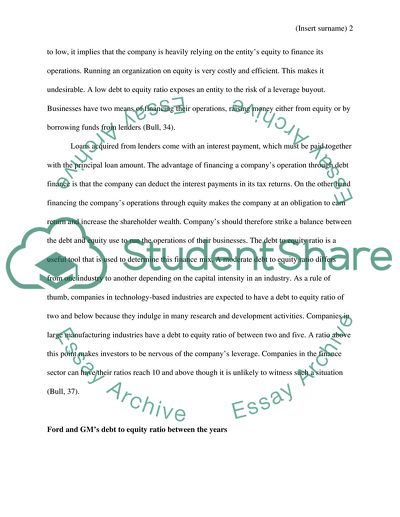Cite this document
(“Debt to Equity Ratio Essay Example | Topics and Well Written Essays - 1000 words”, n.d.)
Debt to Equity Ratio Essay Example | Topics and Well Written Essays - 1000 words. Retrieved from https://studentshare.org/finance-accounting/1701553-debt-to-equity-ratio
Debt to Equity Ratio Essay Example | Topics and Well Written Essays - 1000 words. Retrieved from https://studentshare.org/finance-accounting/1701553-debt-to-equity-ratio
(Debt to Equity Ratio Essay Example | Topics and Well Written Essays - 1000 Words)
Debt to Equity Ratio Essay Example | Topics and Well Written Essays - 1000 Words. https://studentshare.org/finance-accounting/1701553-debt-to-equity-ratio.
Debt to Equity Ratio Essay Example | Topics and Well Written Essays - 1000 Words. https://studentshare.org/finance-accounting/1701553-debt-to-equity-ratio.
“Debt to Equity Ratio Essay Example | Topics and Well Written Essays - 1000 Words”, n.d. https://studentshare.org/finance-accounting/1701553-debt-to-equity-ratio.


